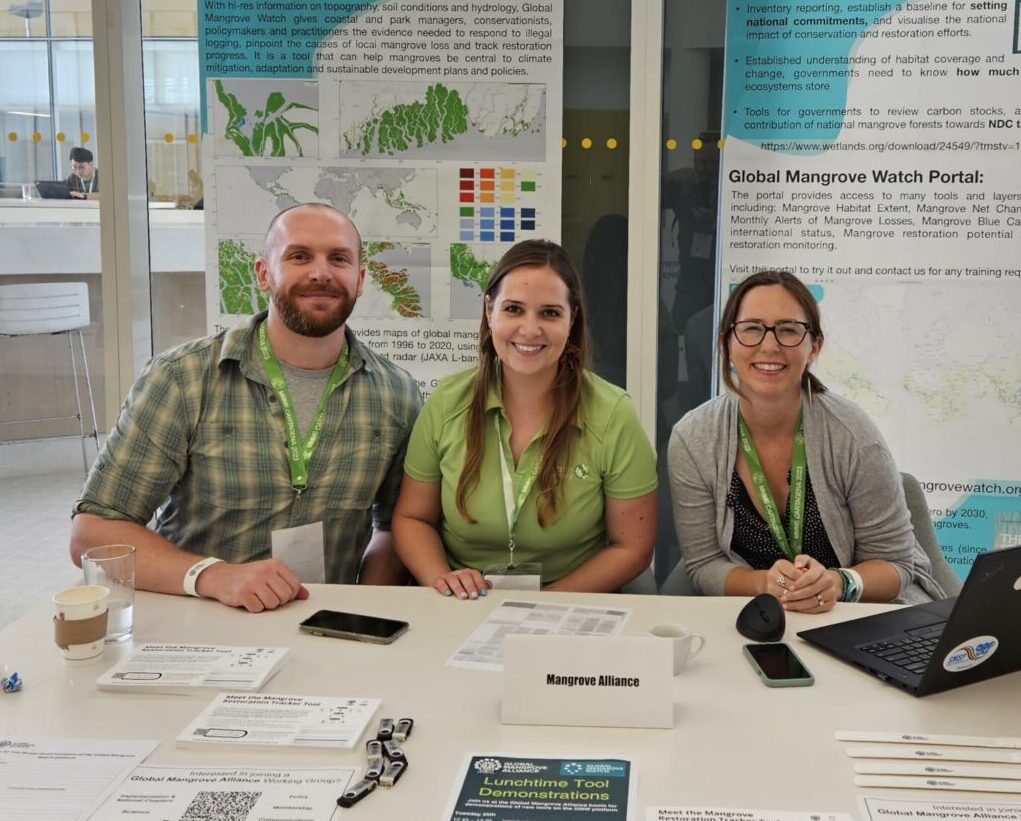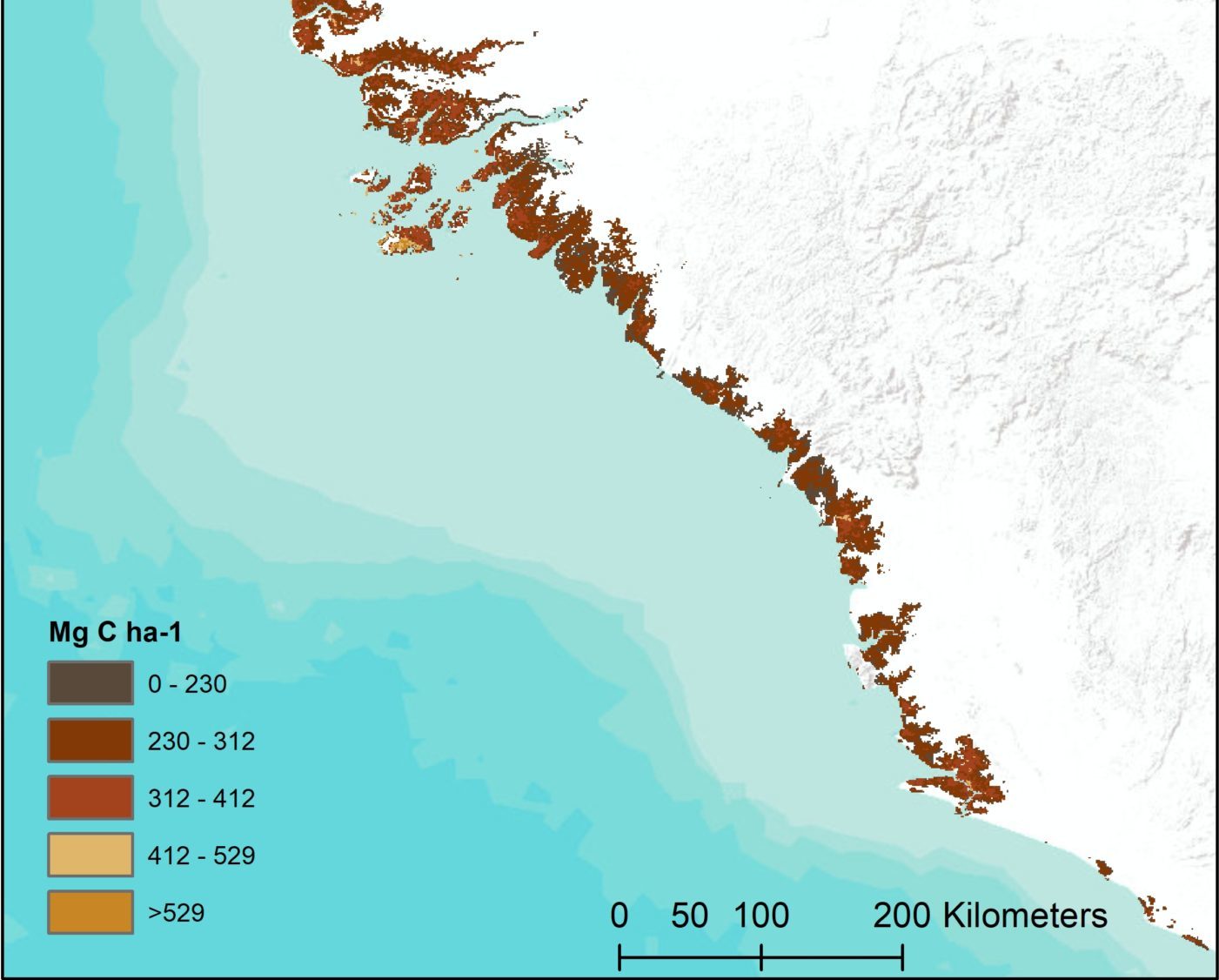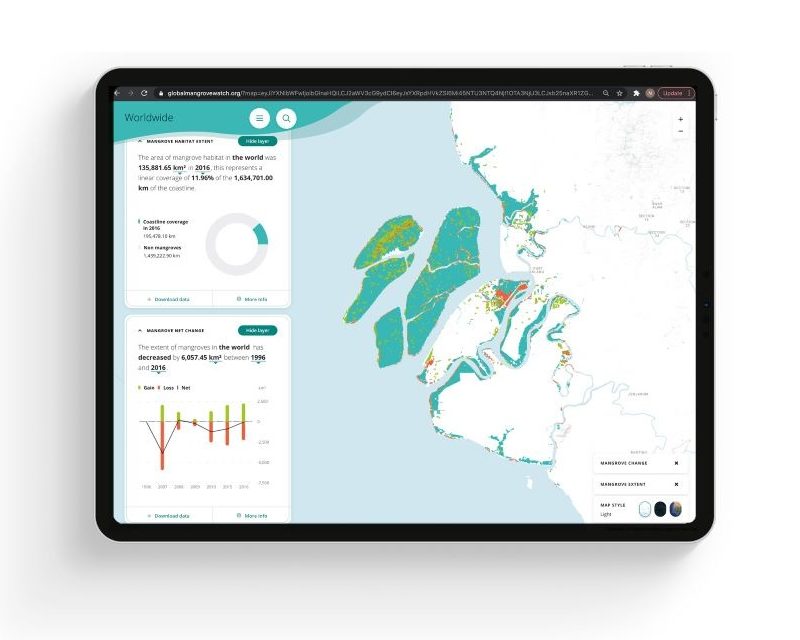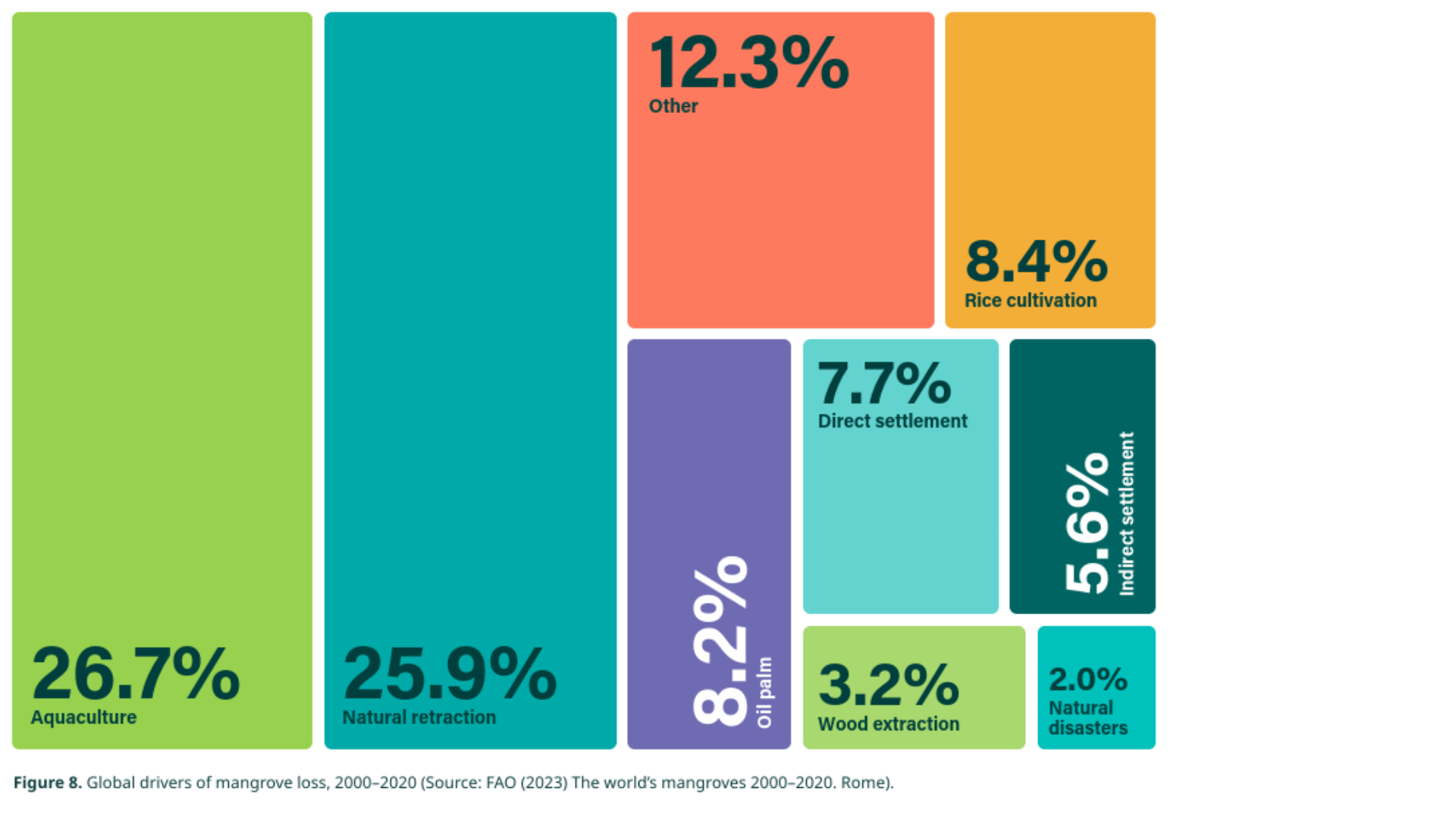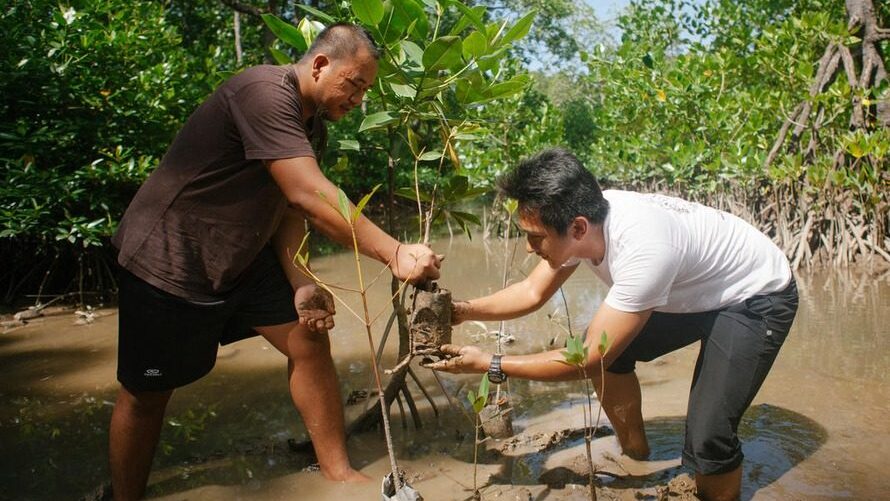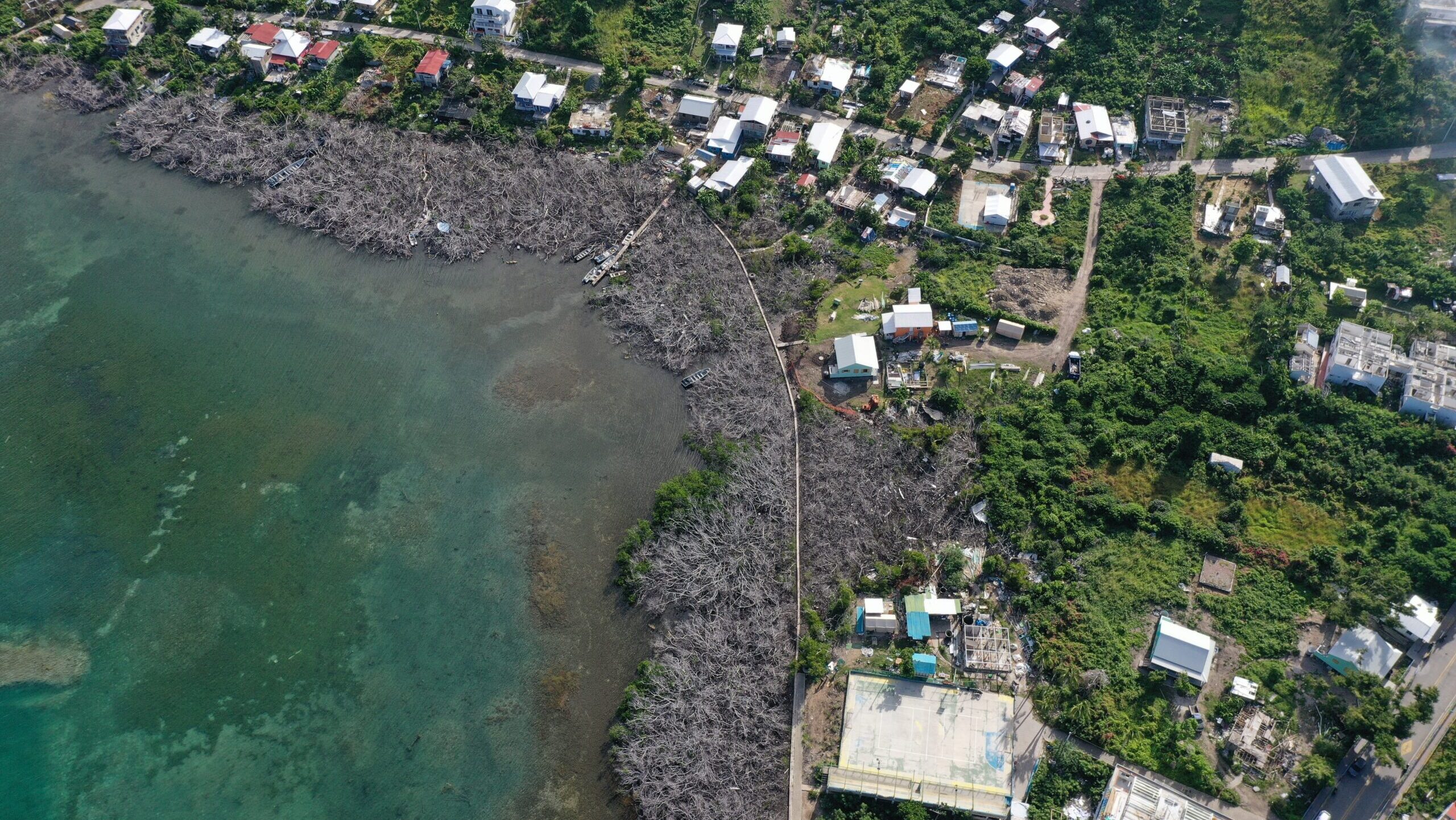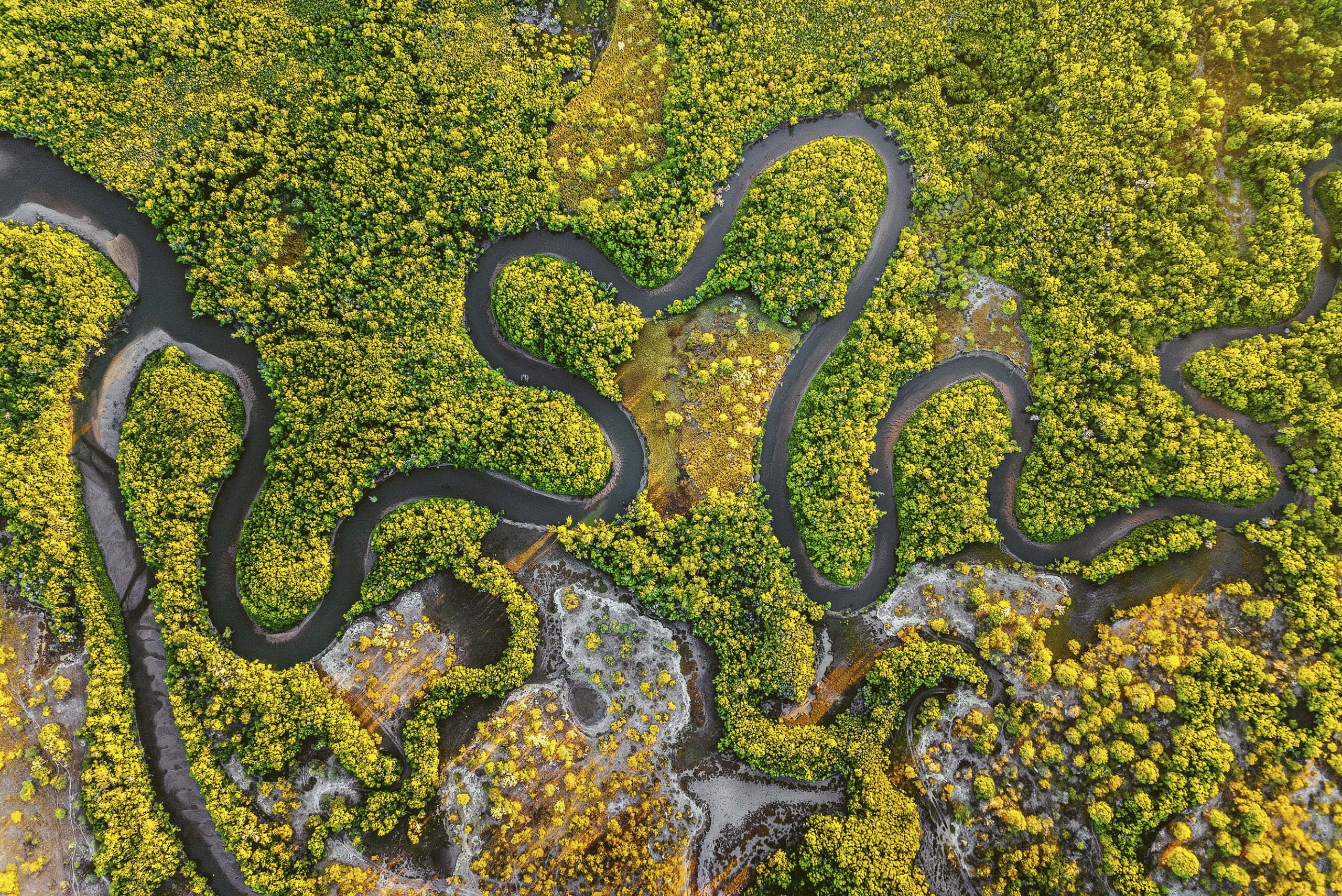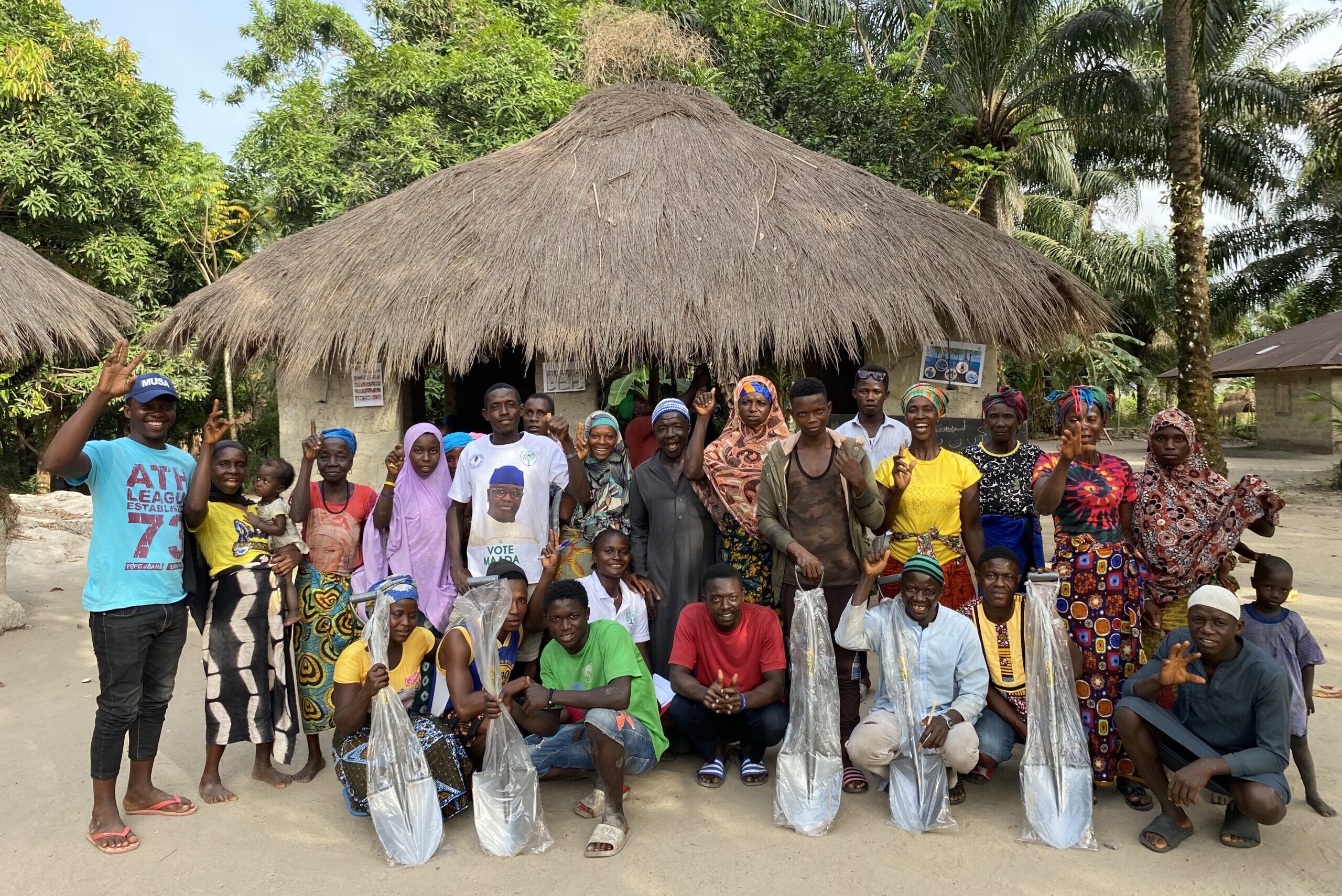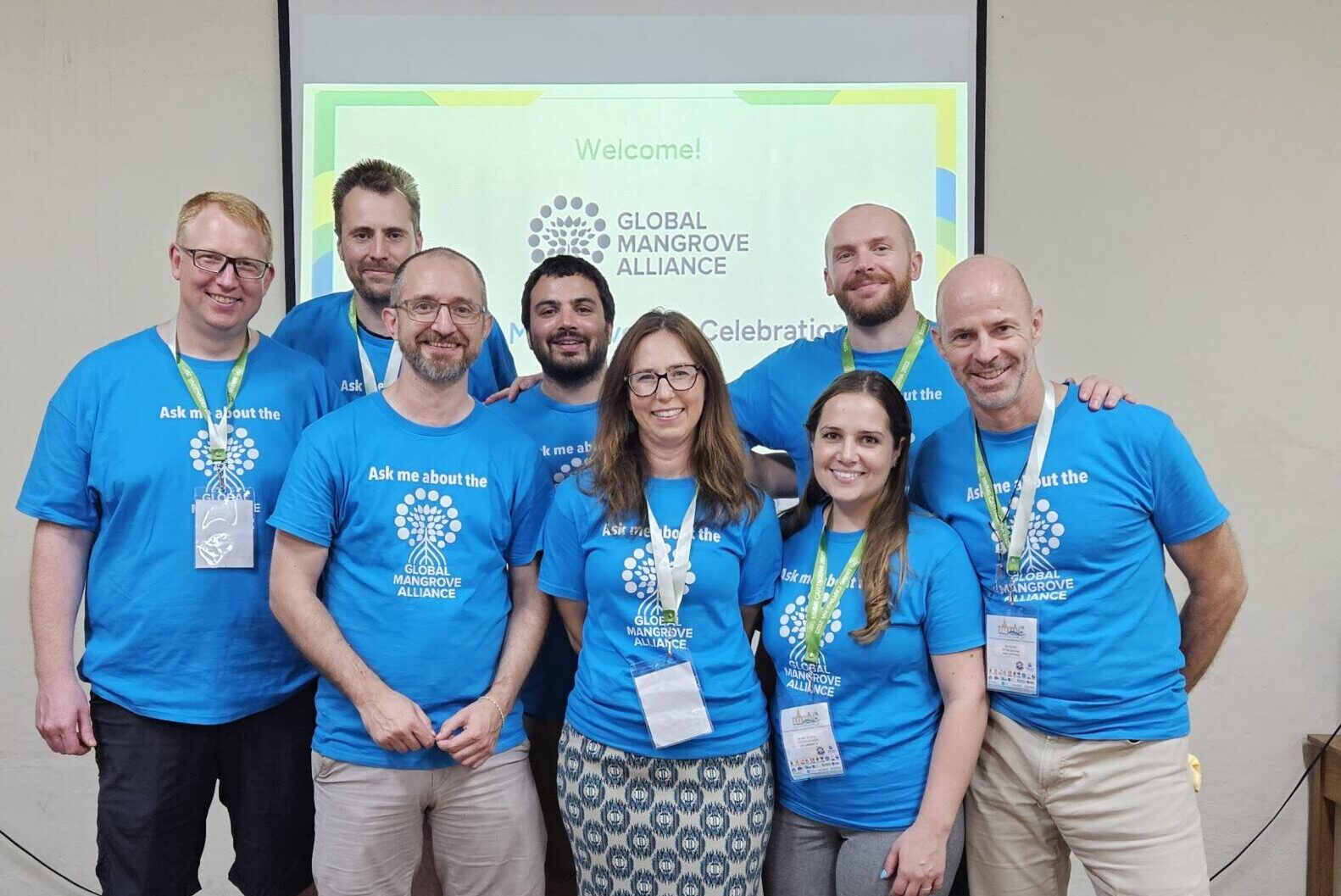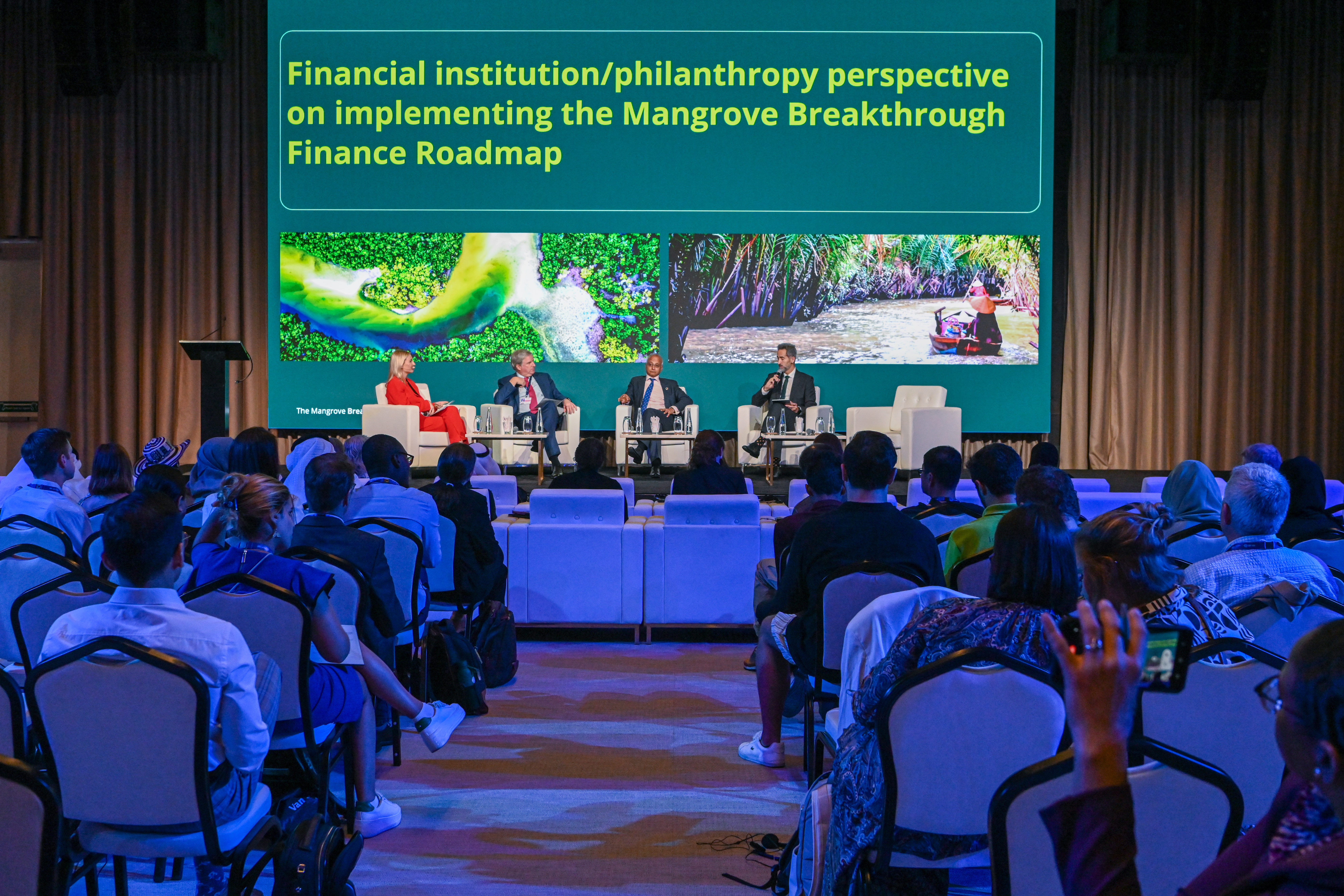Introduction to the Report
Mangroves are critical ecosystems, bridging land, freshwater, and sea. They host tremendous diversity and protect and provide for countless coastal communities around the world. This 2024 edition of The State of the World’s Mangroves highlights the tremendous advances that have been made on multiple fronts to safeguard these ecosystems. It showcases progress in: science and understanding; collaboration and information sharing; practical management interventions; and the many policy, legal, and financial tools that will help to secure a better future for these ecosystems.
